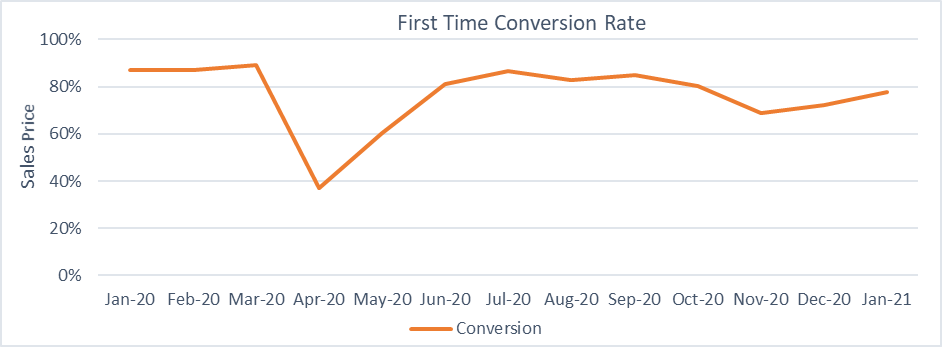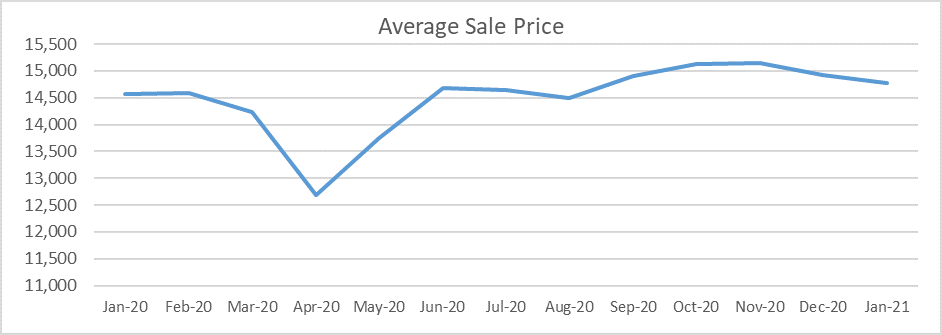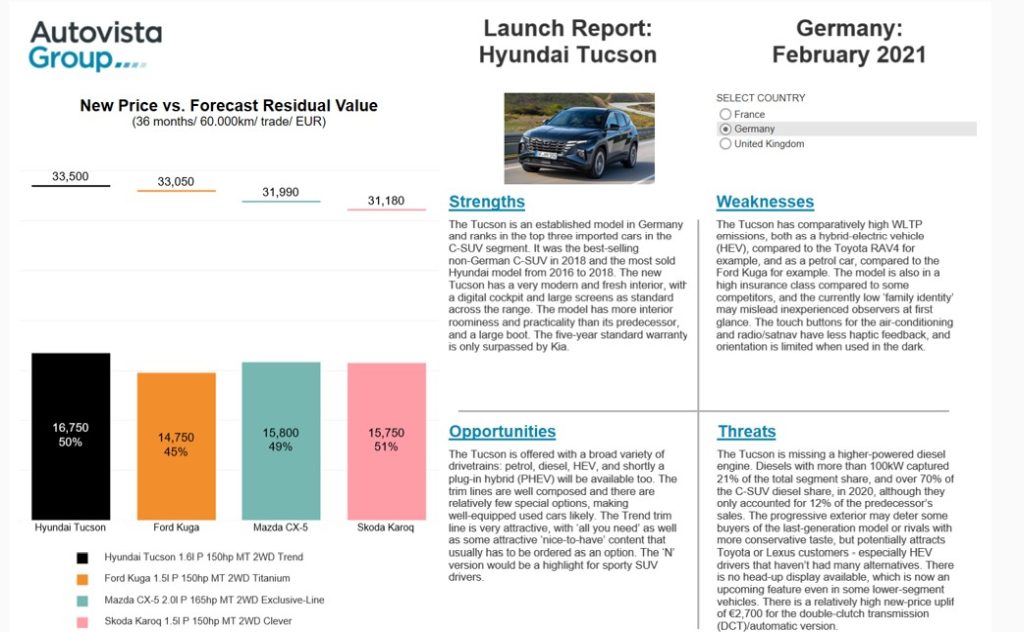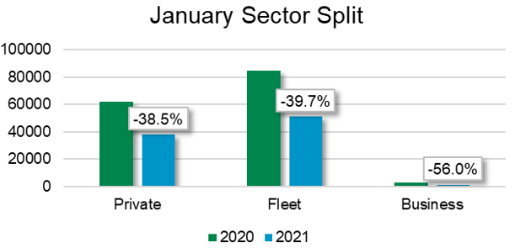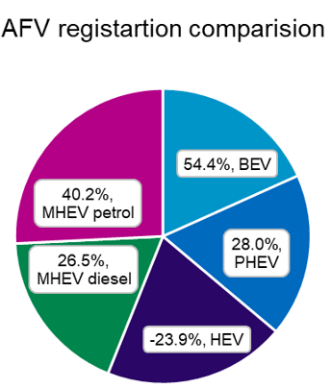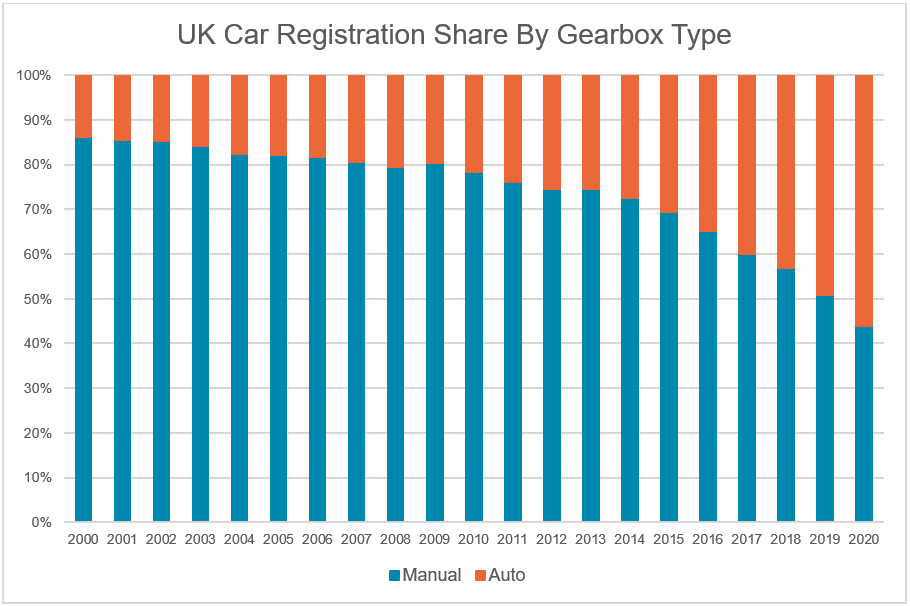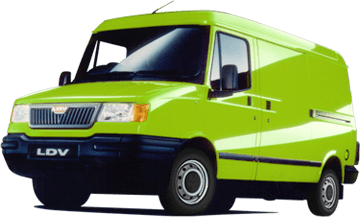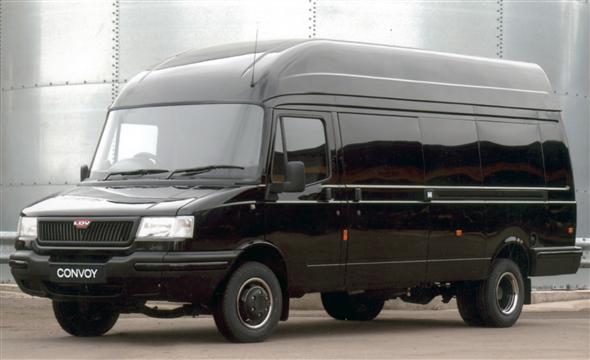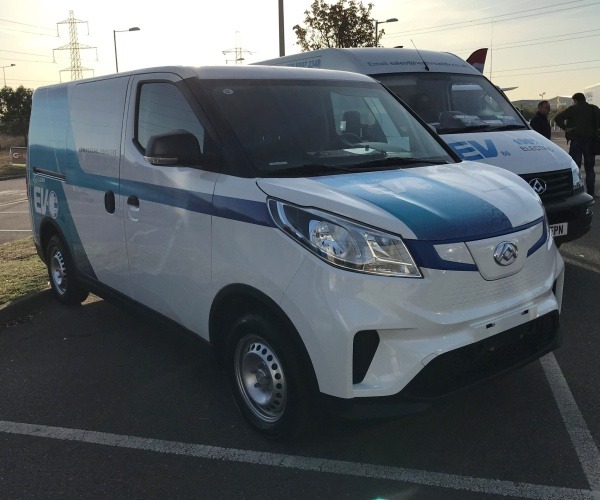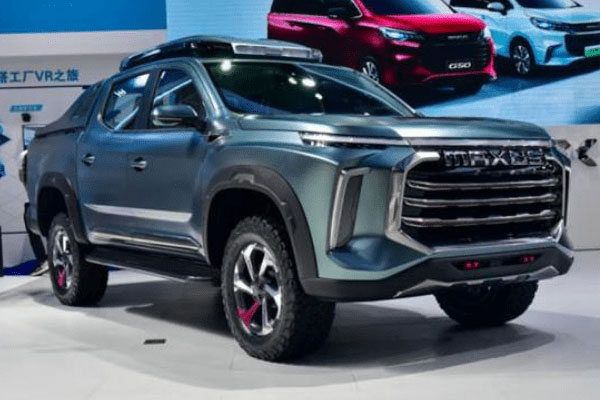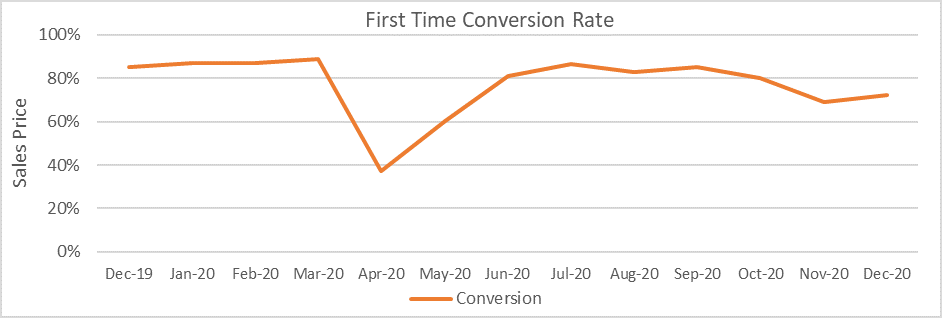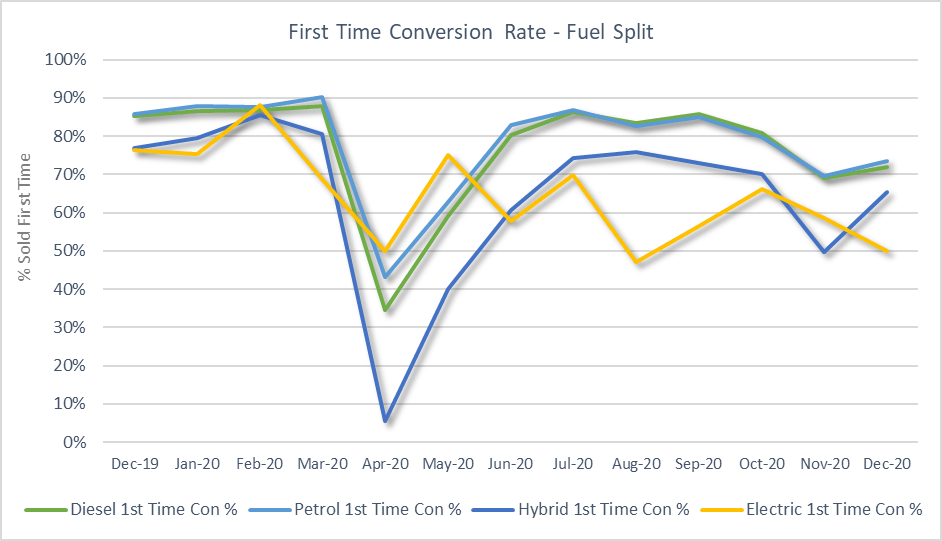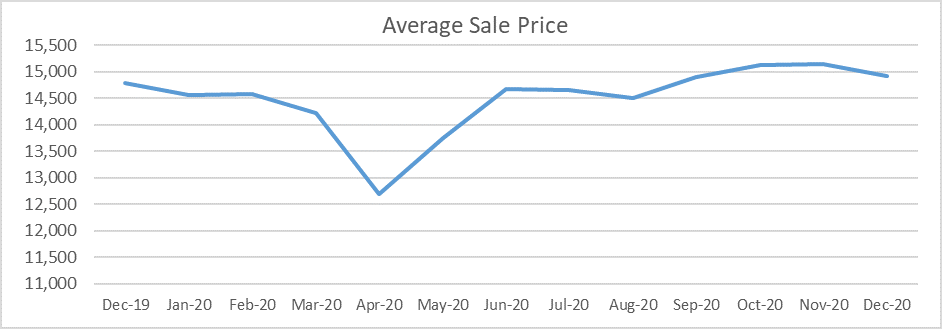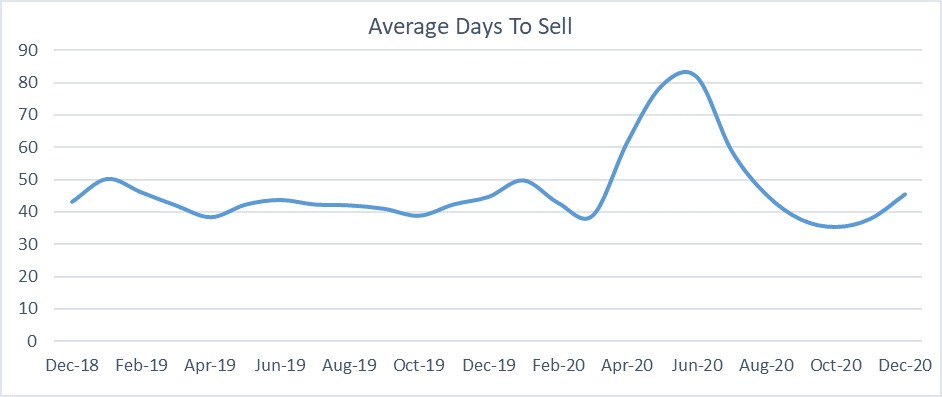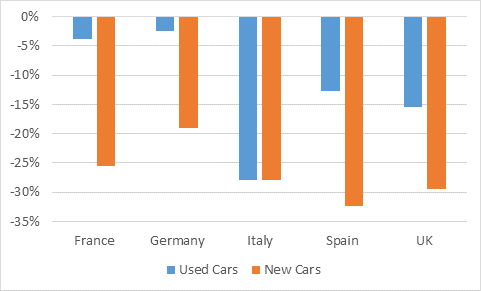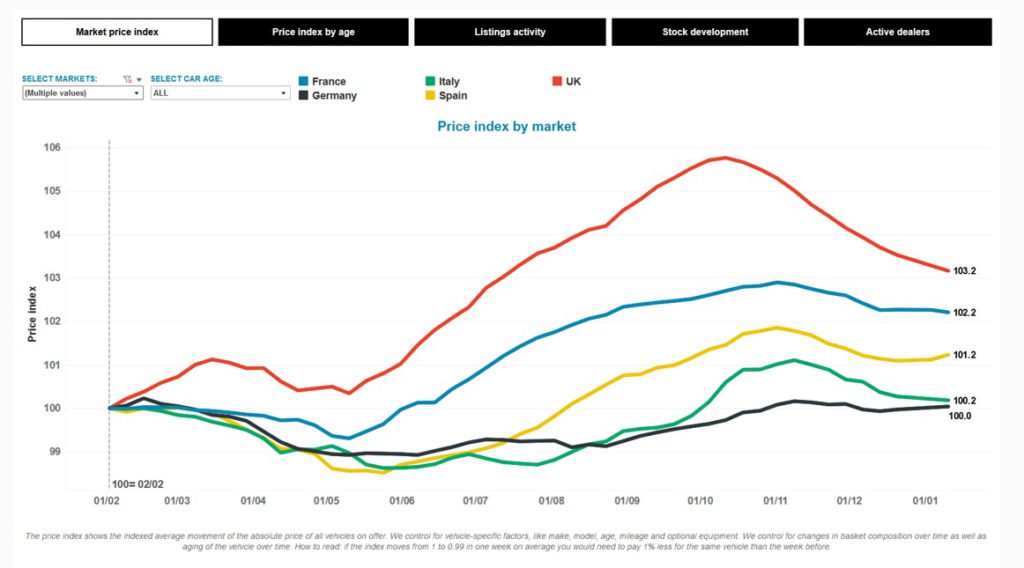The new light commercial vehicle market grew by 22.0% in February. This positive high-level figure includes delayed pipeline orders and is set against the typically quiet month preceding the new March plate. Year-to-date, the light commercial vehicle market is 9.5% up overall versus 2020, with large increases in all sectors except those vans under 2.0 tonnes.
SMMT data indicates that the 17,205 February registration total is 3,102 units more than in February 2020 and is the strongest February on record since 1998 (18,044).
Breaking down the results reveals the only disappointment was a 25.3% registration decline for vans under 2.0 tonnes. Registrations for vans between 2.0-2.5 tonnes increased 9.0% whilst demand from construction and online deliveries saw the between 2.5-3.5 tonne sector improve by 30.0%. The Pickup sector also recorded a 26.8% increase.
The Ford Transit Custom failed to hold on to the number one position, deposed by its big brother, the Ford Transit. Nevertheless, Ford still managed to place four of its product ranges in the top ten. The Ford Transit in top spot followed by the Ford Transit Custom in second, the Ford Ranger in seventh place and Ford Transit Connect in eighth.
Top five LCV registrations

Capitalising on this registration momentum will be vital as the UK emerges from lockdown with an economic plan that encourages LCV growth and gives businesses confidence to upgrade to cleaner and more sustainable fleets.
The March Budget froze fuel duty rates for an eleventh consecutive year. This is likely to be the last year fleets can expect a freeze, as the Treasury commits to a net-zero emissions target by 2050. The ambitious targets set to address climate change and meet air quality goals mean the fastest way to achieve these goals is to instil business confidence and encourage the take-up of the latest low emission vehicles.
February used Light Commercial Vehicle (LCV) overview
- LCV used market buoyant in February
- Easing lockdown likely to determine how quickly the economy recovers
- New stock shortages forcing franchised dealers to source late-plate stock
February has seen the used market in buoyant form overall, with prices remaining strong for anything that can easily be turned around quickly. Even the minibus sector that has struggled over the last 12 months due to COVID restrictions is seeing values firm as buyers look to stock up in readiness for the easing of lockdown regulations. Forward Control vehicles and 4×4 Pick-ups have also seen a performance improvement.
First-time conversion rates remain high for ready-to-retail panel vans, driven mainly by the expanding home shopping market. There has been a noticeable increase in damaged vehicles on offer, with the number of provisional sales increasing as well. With many of these turned into sales after the event, it is only those with damage now avoided by the trade. Demand remained strong for the small numbers of clean, late-year retail stock, forcing those prices ever higher. With a lack of new de-fleet stock to ease supply and demand issues, prices look set to remain high for at least the first half of 2021.
The severe shortage of new stock at dealerships is not only forcing fleets to run their vehicles for longer but is forcing franchised dealers into the used market to source late-year stock. This extra layer of competition for the trade is pushing prices ever higher. On the plus side, the recent lifting of government restrictions on the sale of repossessed vehicles should benefit the used market with an increase in volume over the next few months.
With global vaccinations on the increase, the easing of lockdown measures will determine how quickly the new market recovers, in turn, increasing volume in the used market.
Although sales at auction in February increased by just under 13% compared to January 2021, sales over the same month last year decreased by over 17%. Only 8.5% of those sales were less than 2 years old, whilst nearly a third of all sales were in the 2-4yr old age bracket.
Medium-sized vans again proved the most versatile and popular in the used market, increasing market share in February by 3.5% to 38.5% of all sales, followed by Small vans with 28%.
February in detail
Glass’s auction data shows the overall number of LCV sales in February declined by 12.9% versus January 2021, whilst first-time conversion rates decreased 1.5% to 84.2%.
Average sales prices paid in February increased by a dramatic 5.5% versus January and are now a staggering 36% higher than the same point last year. The average age of sold stock increased slightly from 68.8 months in January to 69 months in February and was 6.8 months younger than the same point last year.
Average mileages also increased from 75,532 miles in January to 79,936 miles in February and was just 311 miles lower than at the same point last year.
Glass’s continues to monitor the LCV market closely and has an open dialogue with auction houses, manufacturers, leasing and rental companies, independent traders and dealers as well as the main industry bodies. This information, combined with the wealth of knowledge in our CV team ensures Glass’s valuations remain relevant in the market place.



 Close
Close
